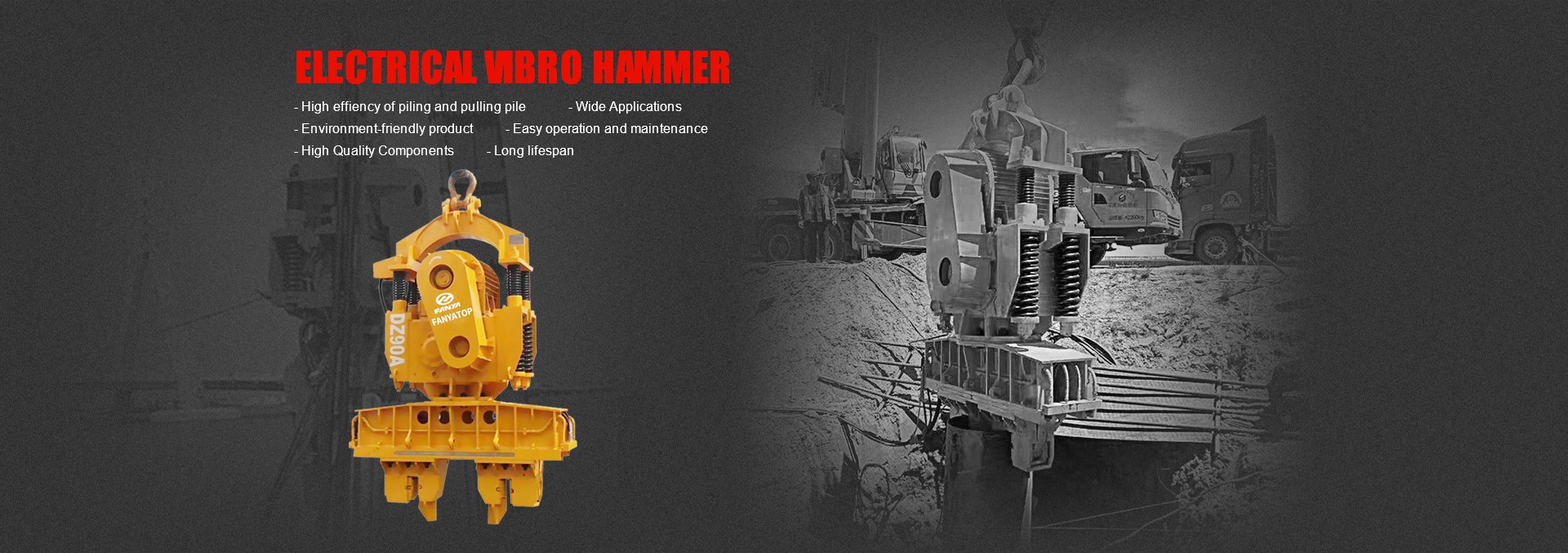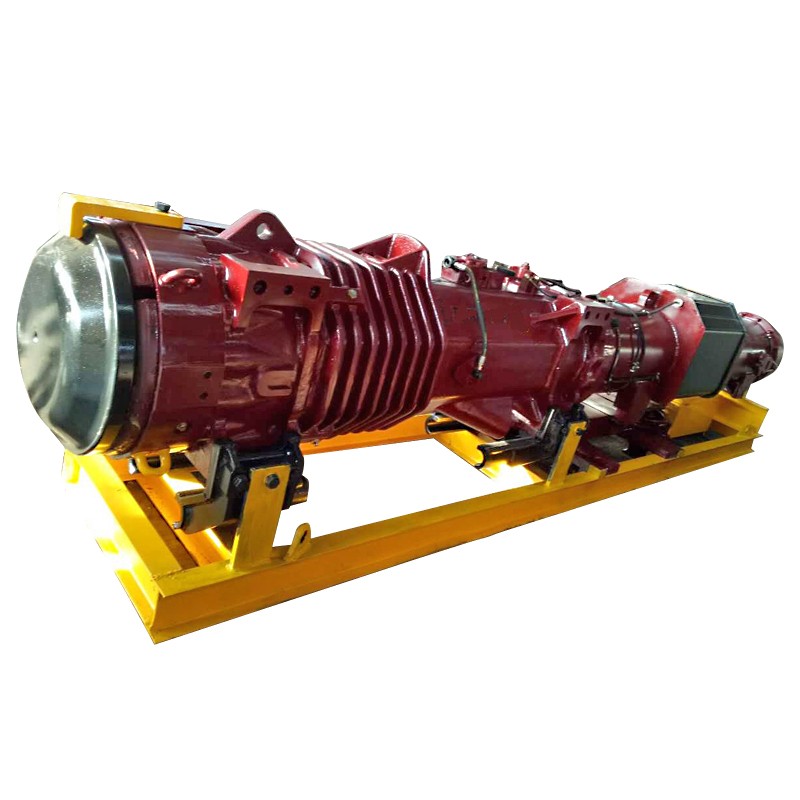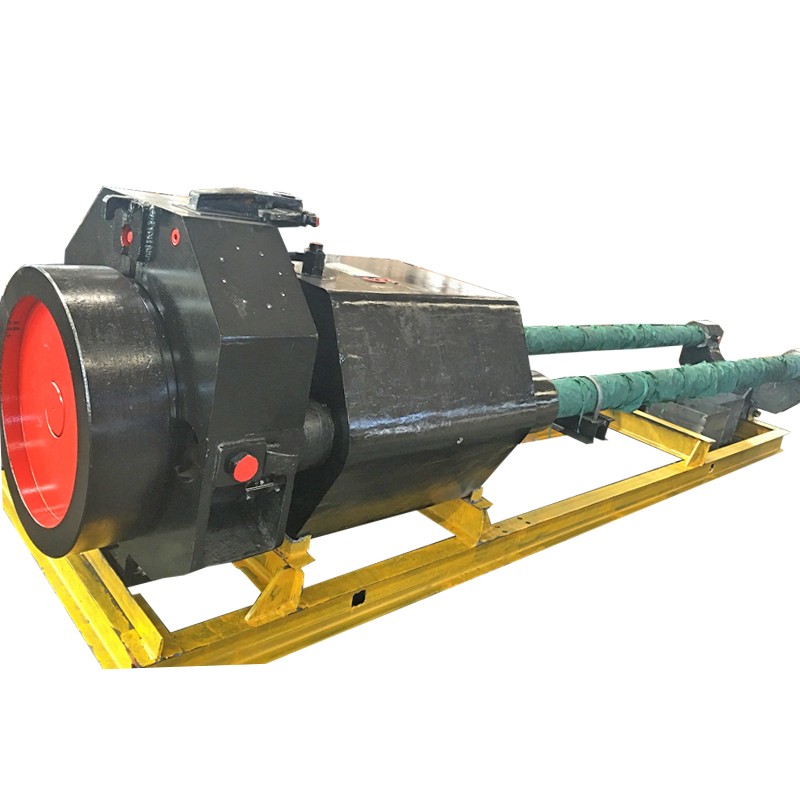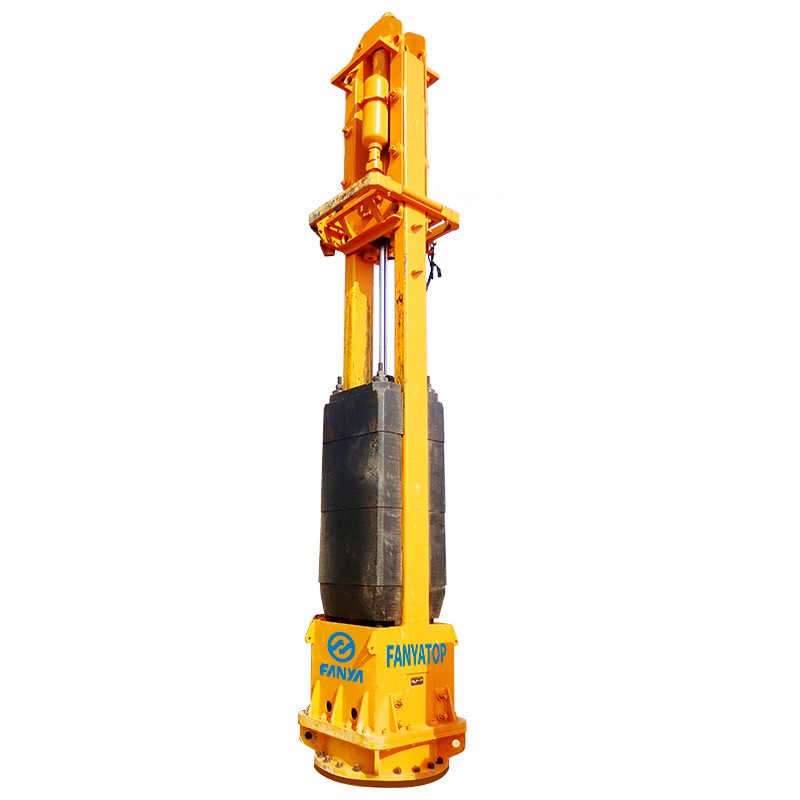Impact Force and Pile Driving Process
The hammer's force pushes piles deep into the ground. Energy from combustion moves the ram donward. The ram hits the impact block, sending energy to the pile. This force helps the pile go through tough soil.
How well the pile transfers energy depends on its impedance. Good impedance means better energy transfer and less pile damage. Engineers use methods like Case and CAPWAP to study soil resistance and improve piling.
Repeated hammer strikes test the pile's strength. Research shows piles can handle these hits and stay stable. This makes diesel hammers a trusted tool for construction projects.
Role of Key Components in Operation
Many parts work together to make the hammer run smoothly. The cylinder holds the combustion chamber and guides the ram. The ram, a heavy block, delivers force to the pile. The impact block absorbs force and protects the hammer.
The fuel system controls how much diesel enters the chamber. Tools like the anvil and pile cap keep the pile and hammer safe during use.
Each part helps the hammer work well. Taking care of these parts keeps the hammer strong and ready for tough jobs.
Key Components of Diesel Hammer Pile Drivers
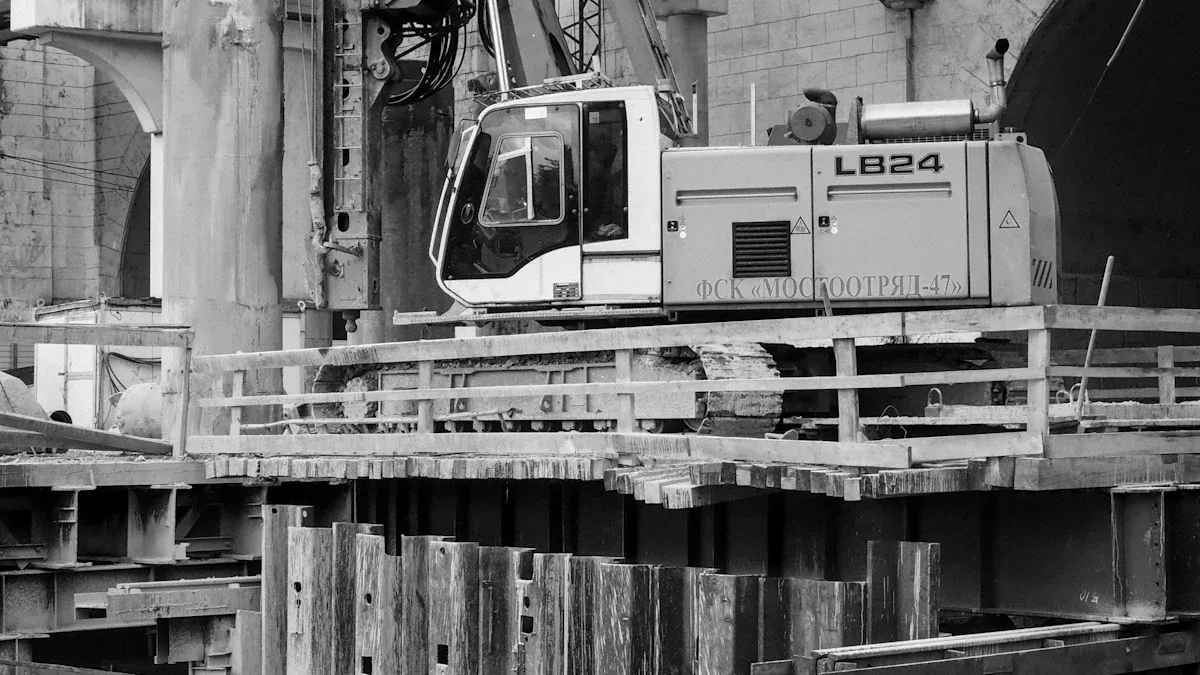
Cylinder and Ram
The cylinder guides the ram during operation. The ram is a heavy steel block that hits the pile. This force helps the pile go deep into the ground. It can push through hard soil layers with repeated strikes.
Modern designs make these parts stronger and more reliable. Early diesel hammers from Germany in the 1920s were lighter but still powerful. Over time, engineers improved the cylinder and ram for better durability.
Note: Check the cylinder and ram often to avoid damage.
Fuel Injection and Combustion System
The fuel system powers the diesel hammer. Diesel fuel enters the chamber through the injector. Air pressure squeezes the fuel, making it ignite. This explosion creates energy to move the hammer.
Better fuel systems give steady energy for piling. After WWII, fuel injection systems became more advanced. Today, they waste less fuel and transfer more energy to the pile.
Tip: Clean the fuel system regularly to keep it working well.
Advantages of Tubular Type Diesel Pile Hammers
Efficiency and Power in Piling
Tubular type diesel pile hammers work fast and hit hard. They use diesel fuel to create strong energy for piling. This energy helps push piles deep into tough ground. Their steady power makes them great for big construction jobs.
Unlike hydraulic hammers, diesel hammers don’t need outside power. They work on their own, saving time and boosting productivity. These hammers can handle tough tasks without many delays.
Tip: Check the fuel system often to keep it running well.
Versatility Across Soil and Pile Types
Diesel hammers work in many soil types and with different piles. Advanced systems let you change energy and vibration to fit the job. This makes them useful for sandy, clay, or rocky ground.
Most tubular diesel hammers are air-cooled, but other types exist. Rod-type and water-cooled hammers are used for special projects. You can pick the right hammer for your construction needs. Their flexibility makes them useful for buildings and marine piling.
Callout: Pick the right hammer for your soil and pile type.
Cost-Effectiveness and Durability
Tubular diesel hammers save money over time. They are strong and last long, even in tough conditions. You can use them many times without needing replacements.
These hammers use less fuel than other piling tools, saving costs. Their simple design means fewer repairs, freeing up money for other work. Over time, their strength and efficiency help save a lot of money.
Note: Taking care of your diesel hammer makes it last longer.
Applications of Tubular Type Diesel Pile Hammers in Construction
Foundation Work for Buildings and Skyscrapers
Tubular type diesel pile hammers are key for building foundations. They push piles deep into the ground to make a strong base. These hammers create enough energy to go through hard soil layers. This makes them perfect for deep foundations in heavy structures.
For tall buildings, you need tools that are strong and precise. These hammers give steady force, making sure piles stay secure. This reduces risks of weak foundations and keeps structures safe. They are often chosen for city projects where safety matters most.
These hammers also work fast, saving time on big projects. They let you finish foundation work quickly without losing quality.
Tip: Check the hammer before starting to avoid problems later.
Marine and Offshore Piling Projects
Marine projects need tools that handle tough conditions. Tubular type diesel pile hammers work well in these environments. They drive piles into underwater soil to support docks, piers, and platforms.
Their strong design helps them work in sandy or rocky seabeds. These hammers are powerful and reliable for marine construction jobs. Their flexibility makes them useful for many underwater tasks.
Offshore projects need stable foundations to handle waves and currents. These hammers push piles deep enough to keep structures steady. This helps marine structures last longer, even in rough waters.
Callout: Use materials that resist rust to make hammers last longer.
Infrastructure Development (Bridges, Highways, etc.)
Building infrastructure depends on tubular type diesel pile hammers. They are used in bridges, highways, and railways to make strong foundations. These foundations hold heavy loads and handle constant use.
For bridges, they drive piles into riverbeds or uneven ground. This keeps the bridge stable for years. For highways, they create solid bases to stop roads from sinking.
City projects also use these hammers because they work with many soil types. This makes them great for different infrastructure needs. Using these hammers ensures projects are safe and last a long time.
Note: Keep the hammer in good shape to avoid delays in work.
Maintenance and Future Trends in Diesel Hammer Pile Drivers
Routine Maintenance and Inspection
To keep diesel hammer pile drivers working well, maintain them often. Check the fuel system, cylinder, and ram regularly for damage. Clean the fuel injector to stop clogs that lower performance. Lubricate moving parts to reduce friction and overheating risks.
Inspect the anvil and impact block for cracks or bends. These parts take the hammer’s force and protect the pile. Broken parts can cause uneven energy transfer and weaken foundations. Replace worn-out pieces quickly to keep the hammer efficient.
A well-cared-for diesel hammer lasts longer and works better. Regular maintenance also prevents sudden breakdowns during important projects.
Tip: Make a checklist to ensure all parts are checked on time.
Addressing Common Operational Issues
Diesel hammers sometimes have problems during use. A common issue is a clogged fuel system. Dirty fuel or debris can block the injector, causing poor combustion. Use clean fuel and clean the system often to fix this.
Overheating is another problem. It happens when moving parts lack oil or grease. Check oil levels and lubricate parts to avoid this. Misaligned hammers can also cause trouble. Make sure the hammer hits the pile head straight to prevent energy loss.
Fixing these problems early keeps the hammer running smoothly. Quick repairs and proper care avoid delays in construction work.
Callout: Teach workers to spot and fix small issues before they grow.
FAQ
What is a tubular type diesel pile hammer used for?
It drives foundation piles deep into the ground. This makes strong bases for buildings, bridges, and other structures. Its power helps piles go through hard soil easily.
How does diesel fuel power the hammer?
Diesel fuel burns inside the combustion chamber. The explosion creates energy to move the hammer’s ram down. This force pushes piles into the ground for big construction jobs.
Can tubular diesel hammers work in different soil types?
Yes, they work in sand, clay, or rocky ground. You can adjust their energy to fit different construction needs, including marine projects.
How do you maintain a diesel pile hammer?
Check the fuel system, cylinder, and ram often. Clean the injector and oil moving parts to stop damage. Replace broken parts quickly to keep the hammer working well.

